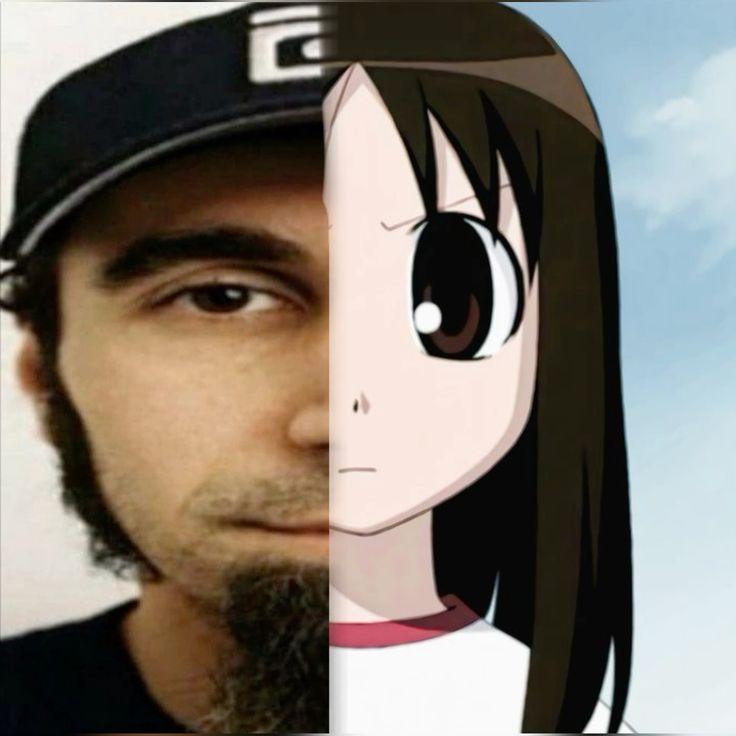The meaning of 'Linear' story
The term linear describes the organization of a story.
Imagine this:
You have just travelled around the world, you realized that your rich experience allows you to write an interesting story about your travel.
Of everything that happened during your travel, you know that the events E1, E2, E3, E4, E5, E6, E7, E8 are the most meaningful to you.
Since the events are already in chronological other, you decided to write the story in the same order. You call this Story1. Story1 is a
linear story.
After finishing Story1, you realized that if certain events are rearranged, the story becomes more interesting. You rearranged the story
content so that the events are told in this sequence: E7, E1, E2, E3, E4, E5, E6, E8. You call this Story2. Story2 is also a linear story.
You realized that you could tell the story the way you have told it the first to your friend. You arranged the story content so that the events
are now told in this sequence: E8, E4, E3, E2, E5, E7, E6, E1. You call this Story3. Story3 is still a linear story, because there is only one
event each that you would tell before or after an event.
You realized that in your journey, you actually did two quite different things. You see that some of your friends are interested in one
particular thing you did, while your other friends are interested in the other thing you did. You arrange the story like this:
[font="Courier New"]E1 - E3 - E5 - E7
E2 - E4 - E6 - E8
To your type 1 friends, you tell E1 E3 E7 E7. Otherwise you tell E2 E4 E6 E8. You call this Story4. Story4 is a multi-linear story. You call
it so because in your mind, the entire story is broken down into more than one sequence. To know the entire story, your friend would need
to listen to both sequence. However, the order of which sequence they should know first does not matter, and your friends will be content
to know just one of them.
After some retelling, you realized that you could reuse the beginning E1 and the ending E8. You choose a different middle part depending
on who your visitor is. You arrange the telling to have this structure:
[font="Courier New"]. . . . E3-E5-E7.
E1->--< . . . . .>-->-E8
. . . .'E2-E4-E6'
In one sitting with your visitor, you tell either E1 E3 E5 E7 E8 or E1 E2 E4 E6 E8. You call this Story5. Similar to Story4, to know the entire
story, one sitting is not enough. But your visitor could be content just knowing one sequence. Story5 is non-linear because there are two
possible events that you could tell after telling E1. You use E1 as introduction, E8 as conclusion, and E3 E5 E7 or E2 E4 E6 as body.
The interchangeable subsequences E3 E5 E7 and E2 E4 E6 are called modules: E3 E5 E7 is body module 1, E2 E4 E6 is body module 2.
After more retelling, you realized you could end a sequence at more events. You came up with this structure:
[font="Courier New"]. .E2-E6
. /
E1-E3-E5-E7
. . .\
. . . E4-E8
In one sitting, you tell either E1 E2 E6, E1 E3 E5 E7, or E1 E3 E4 E8. You call this Story6. Story6 is a branching story because the sequence
diverges but does not converge.
As time goes on, you realized that each event is like a mini story. Each one has its own introduction, development, climax, and conclusion.
You can randomly draw a photograph and tell it as a story. You call this Story7. To know the entire story, it would take 8 sittings. But in each
sitting your visiting can enjoy a contained experience without knowing any other part of Story7 that you didn't tell. Story7 is called an episodic
story.
One day while you are showing a friend pictures of your trip around the world, you realized that you have known the evens so well, and you
have told about them so many times, that your friend is satisfied no matter what sequence of event you use to tell the story. No matter which
picture you draw from the photo album, you can tell about it as an introduction, as an intensification, as a climax, or as a conclusion to the
visitor. You call this Story8. Story8 is a story where in each sitting, the visitor may listen to any sequence that you tell as you find it
appropriate. At this point, you are not seeing the events as links that connect from one event to another, rather, you see each event as a
content bank. The events themselves do not dictate their role in the story, you realized that their roles lies in how you use their content. It is
you who determines what story function the event takes. Story8 is a cumulative story.
Once you have started telling cumulative story, you find that there is nothing to stop you from re-visiting a photo that you already talked about.
However, due to what you have told since, the re-visit gives the listener additional value. You call this Story9. Story9 is a cyclic story.
-----------------------------
Once upon a time, there was a monk telling a story on a small hill. The story he told was:
"Once upon a time, there was a monk telling a story on a small hill. The story he told was:
"Once upon a time...
The meaning of 'Linear' story
This topic is closed to new replies.
Advertisement
Popular Topics
Advertisement




